Check out the top 12 crazy car designs and how they evolved over time
Check out the top 12 crazy car designs and how they evolved over time
Updated on August 16, 2022 19:37 PM by Anna P
Many things change around us drastically from time to time, and sometimes, it goes unnoticed. From freaky cars to super-fast cars that we have today underwent many technological changes; with redesigning the bodies from having huge hunches to having sleek designs, a lot of evolution has taken over the years.
From designs to models to adding new features and cars comes under that list. When you see these kinds of freaky cars on the highway as you pass by, anyone might wonder what made them come with such a design.
To develop something more innovative in automobile designs, a lot of trial and error experience cars were produced for testing before going in for mass production on the assembly line. And top 12 freaking car designs that could be seen nowhere on the roads as a part of today’s vintage collection that no one can see in the High Museum of Art in Atlanta.
1936 Stout Scarab
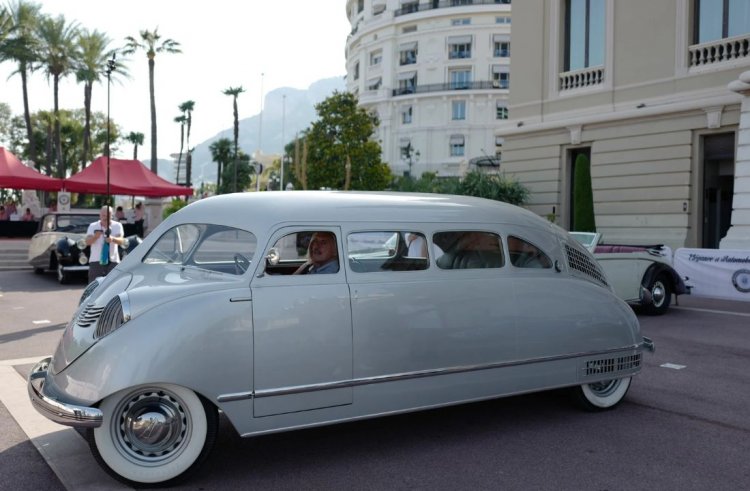
Imagine an automobile designed spectacularly with great extravagance where one can happily enjoy their in-house dining while traveling on it. Maybe this idea signaled to design of a car like Stout Scarab, which was designed by William Stout, who previously worked as an aircraft engineer before he turned his head in designing the automobile section.
Keeping his earlier Stout Air Lines in mind that popularized the attendants and meals on flights. William Stout tried his level best to incorporate the same design feature in a fine dining freaky car powered by a Ford V-8 tucked in the rear with a three-speed gearbox and a car made in an aluminum body.
The car's interior was so exclusive as other than the driver's seat, all seats were movable across the car's floor, and a folding table was fixed inside it. This setup was freaking as users can enjoy more than this limited ambiance in a non-motion area.
This car was never mass produced as every little detail was hand-made, something we cannot dream of in today's world. Leon's Frozen Custard owner Ron Schneider brought two cars, and the car traveled 150,000-plus miles. And so far, only 9 Stout Scarab cars have been built.
This car published an ad in Fortune announcing its production limited to 100 cars in 1936 with a starting rate of $5000. This car with a freaky body design cost more to build, but all the cars went to its notable board members, including Philip Wrigley and Harvey Firestone.
Also Read: Here are 11 of the most fastest cars in the world
Add Block
1942 Oeuf Electrique
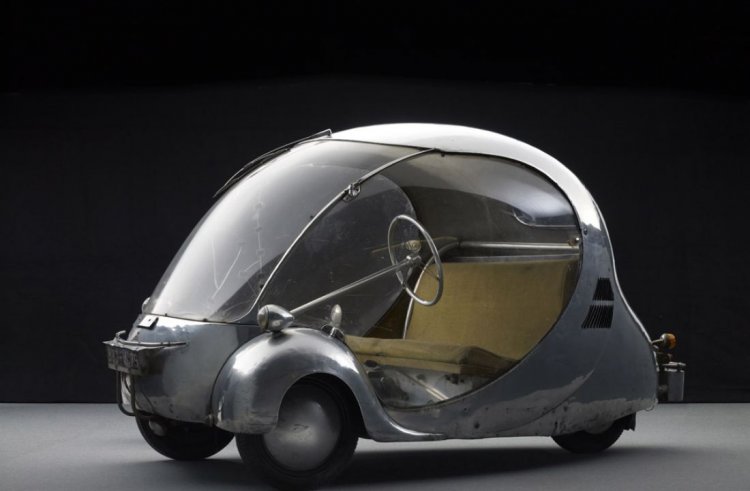
When gasoline-powered cars dominated the automobile industry, the designer Parisian Paul Arzens, who worked as a painter and railway locomotive designer in the past, wanted to come up with an alternate source of powering the car and so innovated this not-so-freaky car Oeuf Electrique was introduced in 1942.
This electric car comes with an alternative name, electric egg, as its body design resembles the shape of an egg, hand-made using aluminum with arched Plexiglass, which was new material synthesized then.
This car was powered by an electric motor and a battery pack that went out 63 miles, with a maximum speed of 44 mph. With two people loaded, the motor drive was reduced to 37mph.
So far, only one Oeuf Electrique was made, and that too was used as the designer's vehicle. The entire car was so lightweight that the not-so-freaky car could be easily lifted from any side, contributing to the lightest car ever made to run on the road.
Though the interior was nothing fancy, it had a huge steering wheel with confined seating space for just two people to travel. The best egg automobile ever created for urban mobility.
1934 Voisin C-25 Aerodyne
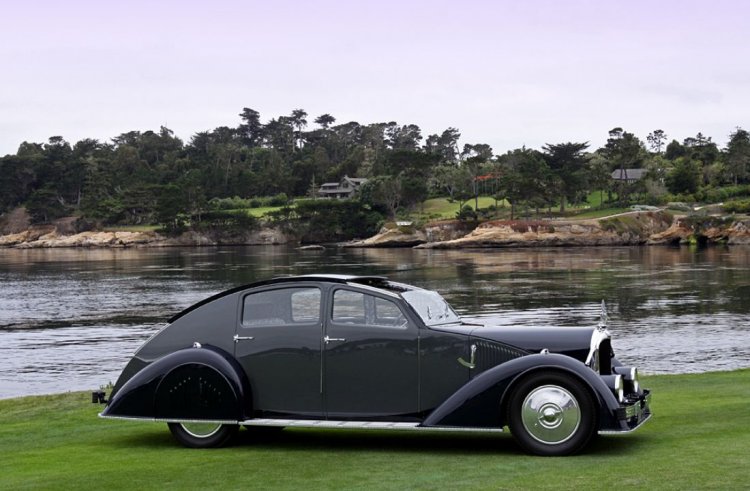
Just like any other automobile designer, Gabrielle Voisin first started making airplanes before moving into designing the Voisin C-25 Aerodyne car. Only after the end of World War-I, did he have an idea for cars, and his design in 2011 won the Best in Show Pebble Beach Concours d'Elegance.
This car was created under the influence of aviation experience. His lavishly designed cars did not witness good Fortune due to the Great depression. So he diverted his designs to high-end exotic vehicles, and the Voisin C-25 Aerodyne came with it. It was called a "car of the future," displayed at the Paris Salon in 1934, considered a silent automobile made at that time.
Car built-in with silent and luxury features did not go in for mass production and only produced eight then. The car replicated a small, wingless airplane with a front end curved with a teardrop-shaped body with an integrated trunk similar to an aircraft's cabin.
The wheel covered a smoother airflow and gave the body a sleeker look. The radiator grill reminds me of Voisin's airplane engineering skills. The roof slides back and forth to open the interior to the open sky.
Also Read: Anne Heche car crash took a turn: Considerations for Felony charges
Add Block
1948 Tasco
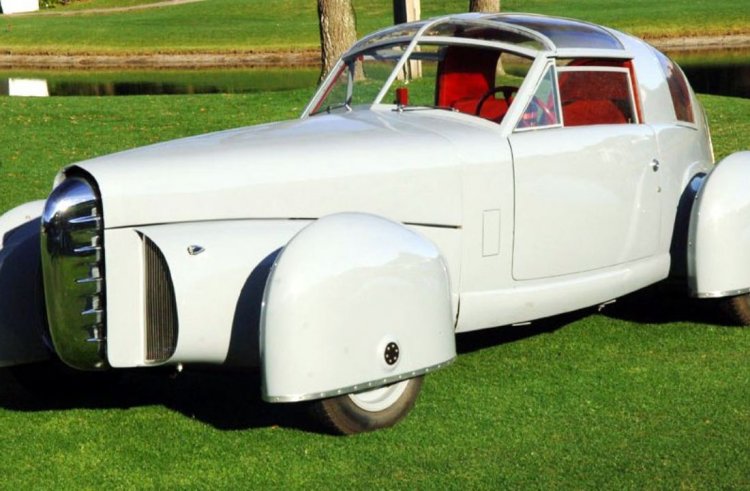
Thus Tasco car was built with an airplane-like prototype in 1948 and is credited as the first car ever made with a T-top roof. It was patented in 1951 by designer Gordon Buehrig.
After World War II, The American Sports Car Company, TASCO produced an American sports car, a two-seater with a long front hood and a smaller deck; the usual airplane design was injected into the TASCO car.
It was considered the freaking car that could reach production in 1948 as it was shockingly expensive to build as its estimated price was worth $7,500. As a result of the high production cost, TASCO abandoned the project at an earlier stage, and the designer went on to work with Ford and Lincoln.
The T-top roof, a "roof with movable parts," was not used in the production of Ford. However, the 1968 Corvette model came up with the T-top roof, and Gordon Buehrig incorporated this into Chevrolet.
Later he sued General Motors as they used his idea in their cars which he worked for a small duration and later received a small settlement. After this, Chevrolet was allowed to continue building the Corvette with the T-top, and fans loved it.
Add Block
1941 Chrysler Thunderbolt
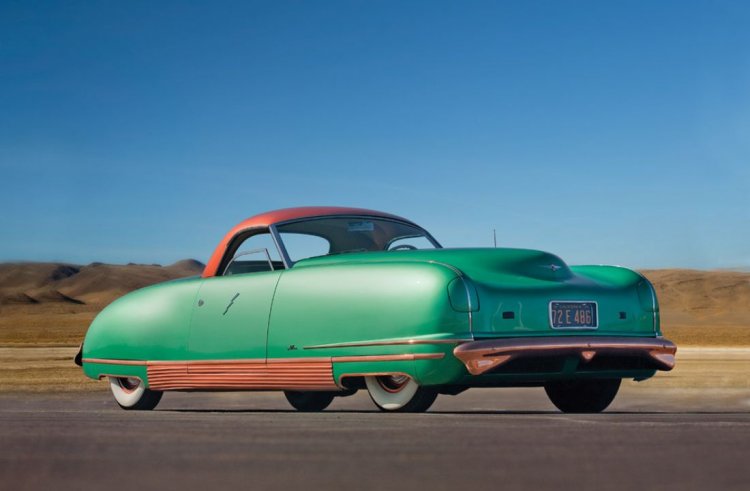
This design drew inspiration from streamliner trains with no grills in the front end. The body was done by Lebaron in Detroit, and the design by Alex Tremulis. This was designed as a tribute to George Eyston's 1938 Thunderbolt. It was built using a Chrysler Crown Imperial frame with an aluminum body. Power came from the Chrysler L-head straight-8, which provided around 150 bhp.
General Motors released its first American concept car after two years. Chrysler responded with this Thunderbolt with dozens of electric features like electro-hydraulic doors, electric windows, and pop-up headlights. The interiors came up with leather stitched and an aluminum dashboard.
So far, Only five to six Thunderbolts were made and were first displayed at the 1940 New York Auto show and were later displayed across the United States. In 1993, the name was resurrected by Chrysler as a concept car.
Also Read: Tesla Issues a Recall for Full Self-Driving Vehicles to Prevent Rolling Stops
1970 Lancia (Bertone) Stratos HF Zero
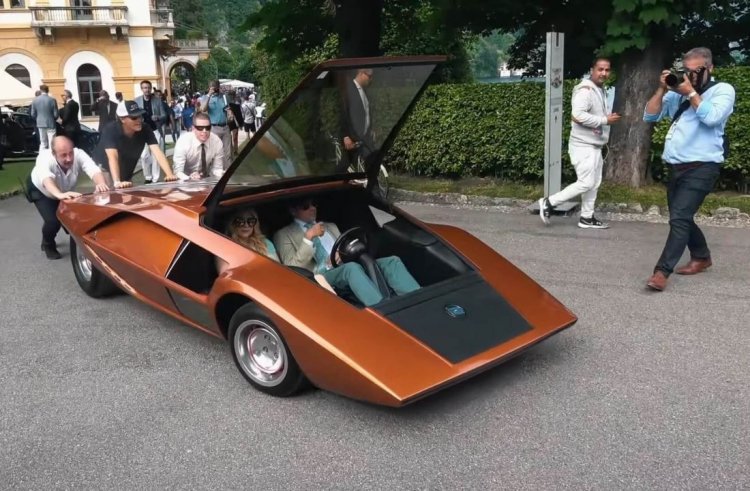
The best postwar coachbuilders, Pininfarina and Bertone, unveiled the Lancia Stratos HF in 1970, known by its internal nickname: Zero. Bertone, who was regarded as the best postwar coachbuilder along with Pininfarina, unveiled the Lancia Stratos HF in 1970, which was known by its internal nickname: Zero.
This was created to challenge Pininfarina and produced a very low, sharply chiseled coupe that looked as if the solid block had been carved out of bronze.
This car was introduced to impress the public and entice automakers to choose one of two over the other. To date, this car is considered a futuristic car by the experts as this was considered a milestone between the 1968 Alfa Romeo Carabo and the Lamborghini Countach.
Getting into the car is a bit challenging due to the lack of space in the steering column. This is not just your usual car as a hydraulic mechanism opened the wide Perspex windscreen, which served as the car's single door. It took about $450,000 in 1970 to build this car, and the designer and Bertone drove the Stratos on public roads.
Also Read: The Deadliest Cars on The Road Today
Add Block
1970 Ferrari 512 S Modulo
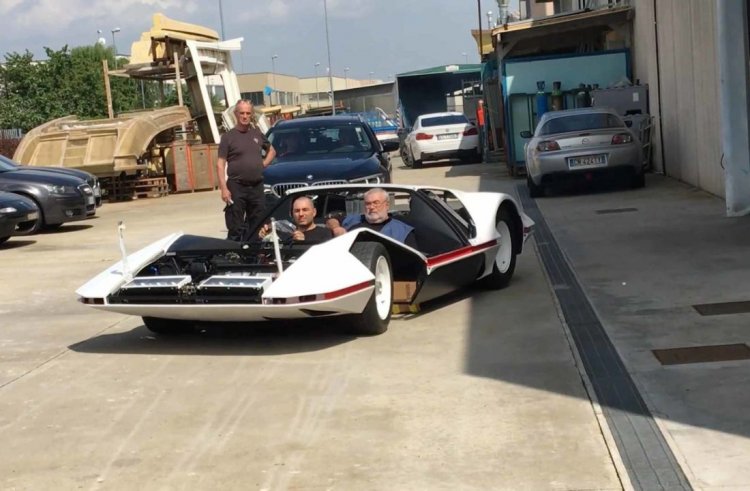
1970 Ferrari 512 S Modulo is impressed by its freaking designs and capability. The wedge-shaped car exists to inspire, not for production. This one piece was only produced.
It first debuted at the 1970 Geneva Motor Show and was Pininfarina's choice of ar that challenged Bertone's Lancia Stratos Zero. This inspired the production of the Stratos rally car – for the imaginary title of the best wedge-shaped car. This car won 22 international design awards and was called the 'king of wedges'
In the early 70s, European coachbuilders remodeled the humps and curves with straight lines and sharp angles. In 1970, Bertone introduced new models with a solid wedge from the Lancia Stratos Zero. But still, it was Pininfarina who aced the race.
Add Block
1947 Norman Timbs Special
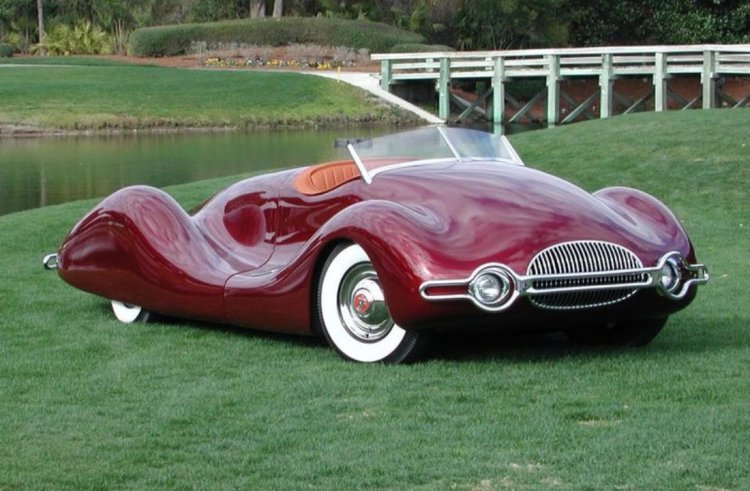
A stylish freaky looking car of 17-foot-10-inch Special encouraged by Auto Union streamliners birthed by Indy racecar engineer Norman E. Timbs and welded by Emil Diet. The two-piece body design model was made by welding 107 pieces of aluminum with no doors, trunk, or roof.
Only one piece was manufactured and never meant to be produced in mass. It housed the aerodynamic designs having long flowing lines and low height. However, the Norman Timbs Special was built for the road and not as a racing car.
In the mid-1950s, the car painting was transformed to white and was taken care of by Air Force Officer Jim Davis of Manhattan Beach, California. The new owner restored to its original Norman Timbs Special.
With passing years the car deteriorated, and in 2002 it was auctioned at the Petersen Museum Classic Car Auction, which received $17,600. The car went on to win the 2010 'RM Auctions Trophy For the Best Open Car.' Unfortunately, the car was destroyed in a 2018 Camp Fire wildfire.
Also Read: Kia – There may be airbag problem more than vehicles
1953 General Motors Firebird 1 XP-21
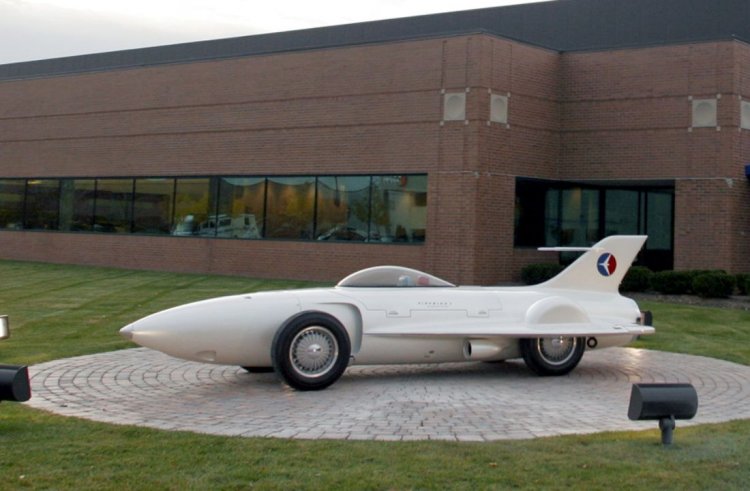
This jet-like freaky car was introduced by the General Motors Firebird 1 XP-21 and was the first ever gas turbine automobile built and tested in the United States in 1953. This was designed as a research piece to determine whether the gas turbine could be used as an efficient and economical power source for future automobiles.
This gas turbine concept was initiated in the minds of Harley J. Earl, the legend GM Styling Vice President designed the body of the car using the fiberglass-reinforced plastic body. The turbo powered was developed under the supervision of Charles L. McCuen, then general manager of GM Research Laboratories Division.
Just like a jet that produces thrust through the action of exhaust gas through its tail cone, the Whirlfire Turbo-Power engine propelled the Firebird 1 through a power turbine fitted on rear wheels via a transmission. It runs in a capacity of 370 hp at a power turbine speed of 13,000 rpm.
Also Read: The 4 Most Dangerous Types of Car Accidents
Add Block
1955 Chrysler (Ghia) Streamline X 'Gilda'
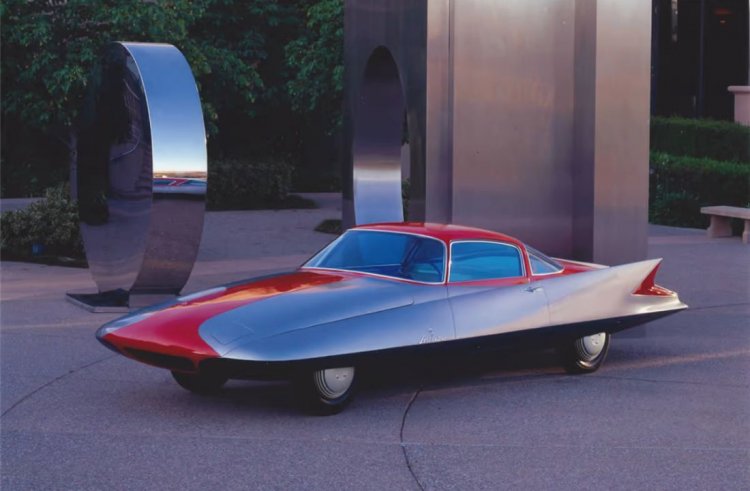
Virgil Exner, executive of Chrysler, designed the Glide as a part of the research in styling performance, created by Ghia and debuted as a show car at the Salone di Torino of 1955, later toured entire Europe and the United States of America.
The car was nicknamed after Rita Hayworth's 1946 film noir classic Gilda performance. It was also called "one of the ten most significant show cars" by Strother MacMinn.
The Gilda was produced as per the standards of other Ghia with that of Ferrari and Maserati. Just like cars manufactured for the affluents section of people, the Steamline's shape was one of Ghia's most fantastic.
The innovative style was done by engineer and aerodynamicist Giovanni Savonuzzi with huge tail fins from the front of the car. The body used a two-tone paint scheme with disc wheels. The cockpit was placed in a forward position and was strangely small for the size of the car.
The overall shape was supposedly finalized in the wind tunnel at the Politecnico di Torino which interested Chrysler greatly. This gas turbine engine can run on gasoline, kerosene, and combustible fuel.
Giovanni Savonuzzi then managed Chrysler's turbine division, for which he received no credits. The real idea of powering the car with a gas-turbine engine never worked out. Thought Ghia released a theoretical top speed figure of 140 mph but was never tested as it had no rear suspension and went unused.
Also Read: 10 Of The Cutest Cars With A Surprising Amount Of Power
Add Block
1951 BGM LeSabre
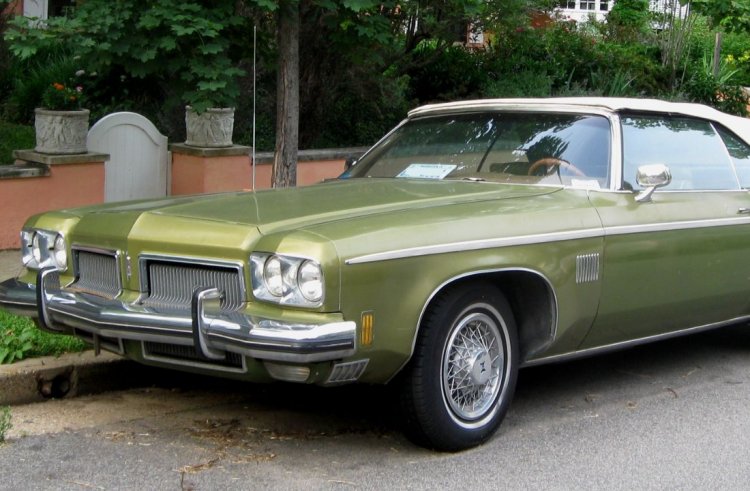
This was the first ever sports car introduced with a fin and a long tail. Later on, this feature was incorporated as a basic standard in American cars. The car came up with an add-on feature that could detect moisture that would automatically raise the convertible's top when it rained. What makes this car freaky is its design
1959 Cadillac Cyclone
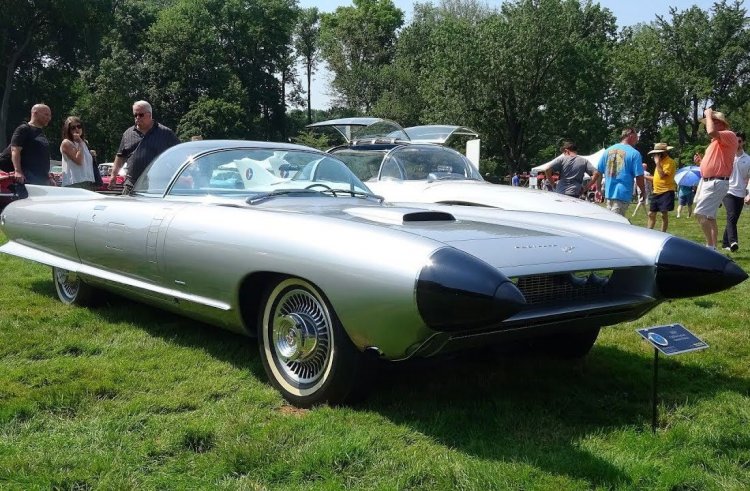
This car may seem freaky, but still, a lot of advancement and reengineering was done on this Cadillac cyclone by giving a glimpse of how a future car will be in 1959. This freaky little monster was powered based on the standard 325 horsepower V8, with belt-driven advancements to power the steering pump, air compressor, and auxiliary units.
This car has a proximity sensor installed in the nose cones that project out from the car's body. It is used to alert with an audible signal with a warning light in the case of any automobile that approaches this freaky car. After 60 years, this has been incorporated as a standard in all cars today.
The car comes with a special vaporized silver coating that protects passengers from UV rays and was also used to give the driver a 360-degree view of their surroundings from inside this freaking car. It was not created for mass production; its advances and designs were later used in Cadillac and GM models.





